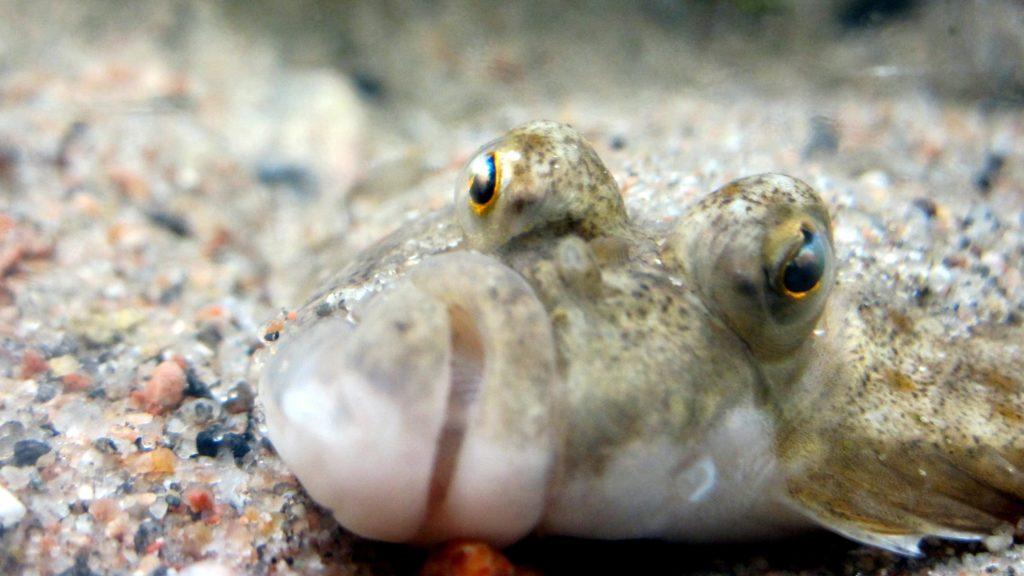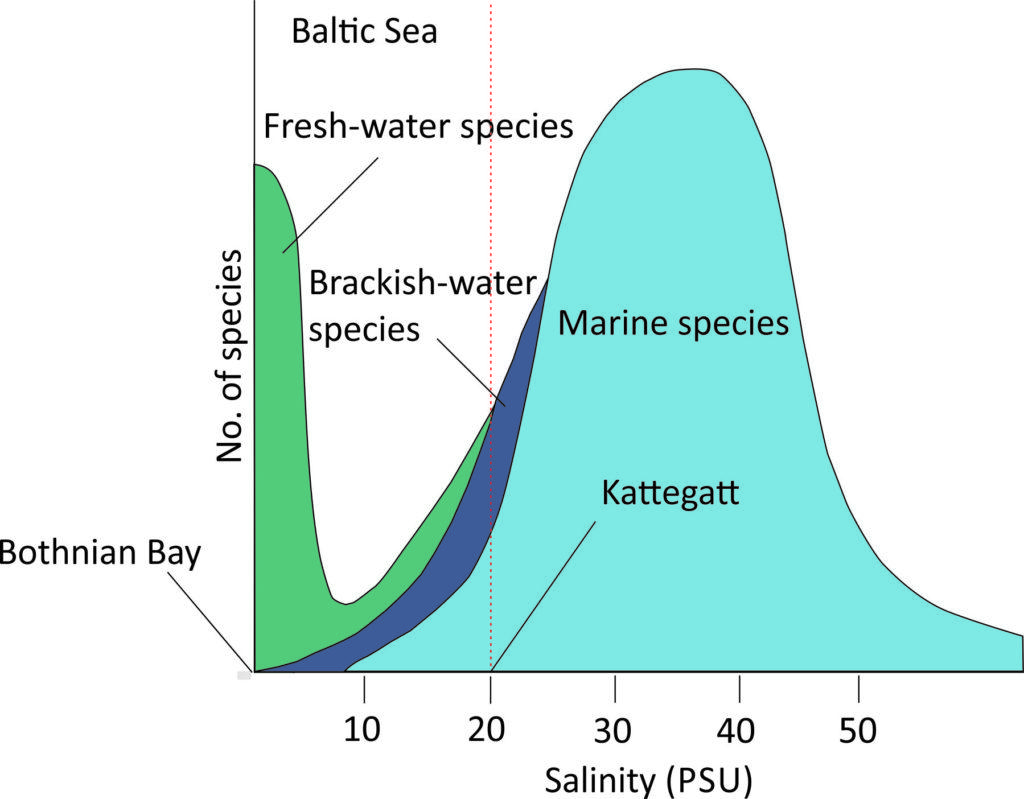Fish Communities

Fish communities inhabiting the Baltic Sea are a mixture of marine and freshwater species adapted to brackish water conditions. Approximately one hundred fish species live in the Baltic sea, of which about 70 marine species dominate the Baltic Proper, while some 30-40 freshwater species occur in the coastal and the innermost areas.
Baltic fish communities can be divided into different groups according to their origin. These groups include marine species originating from the marine environment, freshwater fish that come from lakes and rivers, glacial relicts that are remnants of the last glacial period and alien species that are introduced to the sea beyond their natural range, e.g. via ballast water. There are also occasional marine visitors that migrate from the North Sea to the Baltic, but are unable to reproduce in the Baltic Sea due to low salinity levels. Additionally, there are several migratory species in the Baltic Sea, such as sea trout and salmon that migrate between brackish/marine and fresh waters to spawn.
Representatives of these groups have different preferences for environmental conditions. For example, marine fish prefer more saline areas, freshwater fish prefer less saline areas and glacial relicts are most abundant in cold-water layers in deep areas.
The distribution of Baltic fish species is mainly determined by salinity levels and the composition of fish communities varies between different regions of the sea in relation to different habitat characteristics; differences in salinity, water temperature, oxygen content and nutrient availability.
Baltic Sea fish populations are affected by fishing, eutrophication, oxygen depletion, high levels of hazardous substances, as well as natural factors such as cold winters and varying salinity levels.

